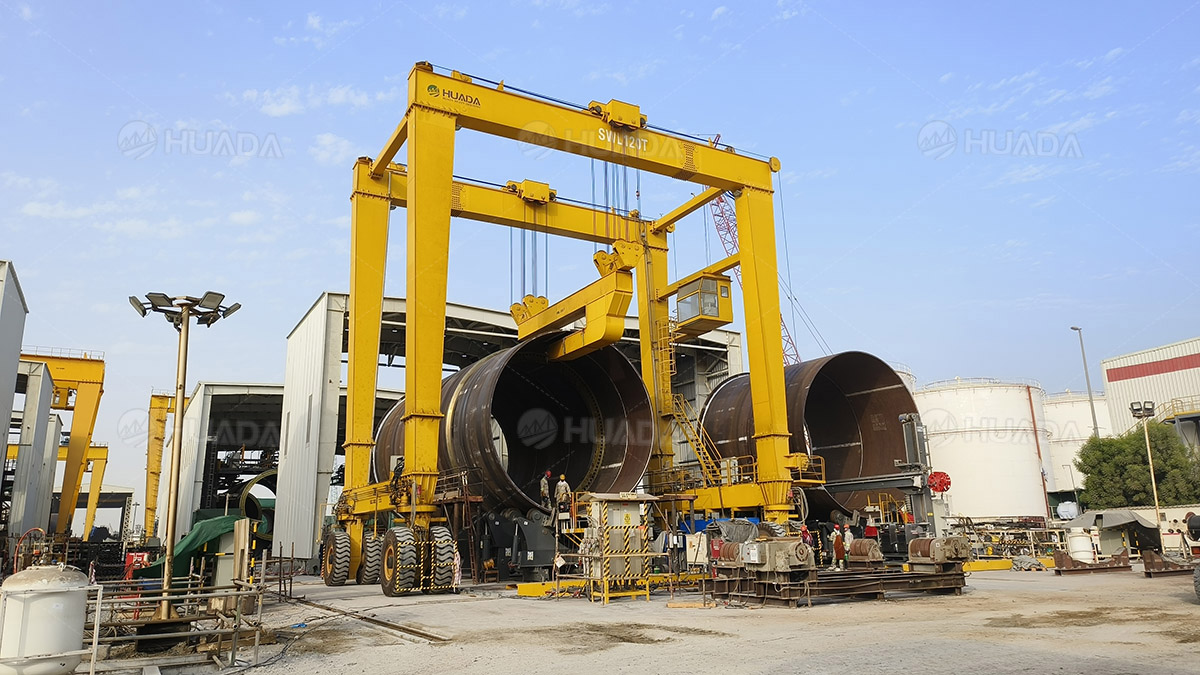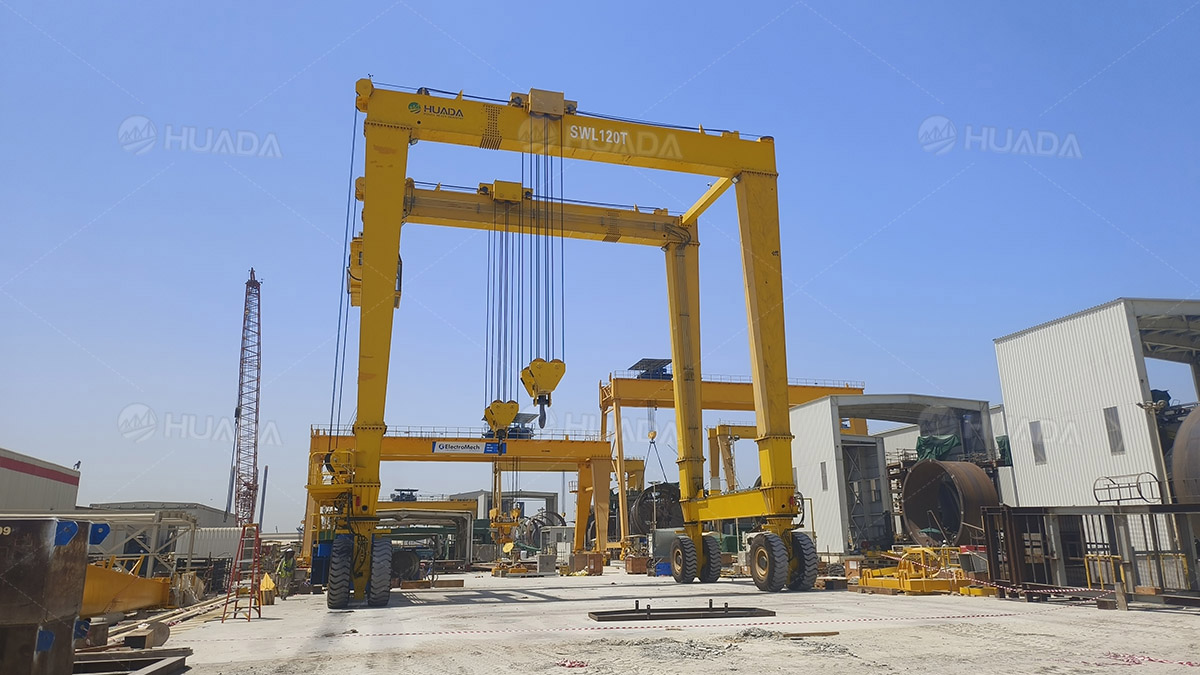Which Automation Systems Are Best for Rubber Tyred Gantry Cranes?
May. 25th, 2024
The versatility of rubber tyred gantry cranes makes them widely used in industry, and the continuous advancement of their automation capabilities is a key factor in improving the efficiency, safety, and cost-effectiveness of operations. Here we explore the best automation systems for rubber tyred gantry cranes and their benefits.
1. Remote Control Systems
Overview: Remote control systems allow operators to manage RTG cranes from a distance, enhancing safety and operational efficiency. These systems can be used to control multiple cranes from a centralized location.
Benefits:
- Increased Safety: Operators are removed from hazardous environments, reducing the risk of accidents.
- Enhanced Efficiency: Operators can handle multiple cranes simultaneously, leading to improved productivity.
- Cost Savings: Reduces the need for onsite operators, lowering labor costs.
Best Practices:
- Ensure robust and secure communication links to prevent signal loss or interference.
- Provide comprehensive training for operators on the use of remote control systems.

Overview: Automated positioning systems use GPS and other sensors to precisely locate containers and cranes. This system ensures accurate stacking and retrieval of containers, reducing the risk of errors and accidents.
Benefits:
- Precision: High accuracy in container placement and retrieval, minimizing misplacements.
- Time-Saving: Speeds up operations by reducing manual adjustments.
- Reduced Wear and Tear: Minimizes unnecessary movements, extending the lifespan of the cranes.
Best Practices:
- Regularly calibrate and maintain positioning sensors to ensure accuracy.
- Integrate with terminal operating systems for seamless operations.
3. Collision Avoidance Systems
Overview: These systems use radar, lidar, or ultrasonic sensors to detect obstacles and prevent collisions. They are crucial for ensuring the safety of personnel and equipment.
Benefits:
- Enhanced Safety: Reduces the risk of accidents and damage to equipment.
- Operational Efficiency: Allows for closer spacing of cranes and containers without compromising safety.
- Cost Savings: Prevents costly repairs and downtime due to collisions.
Best Practices:
- Conduct regular testing and maintenance of sensors.
- Train operators to understand and react to collision warnings appropriately.

4. Automated Stacking and Retrieval Systems
Overview: These systems automate the process of stacking and retrieving containers, using algorithms to optimize the sequence and placement of containers.
Benefits:
- Operational Efficiency: Increases the speed and accuracy of container handling.
- Reduced Labor Costs: Lowers the need for manual intervention.
- Scalability: Easily scalable to handle varying volumes of containers.
Best Practices:
- Implement robust algorithms for efficient container management.
- Regularly update software to improve performance and adapt to changing operational needs.
5. Energy Management Systems
Overview: Energy management systems monitor and optimize the energy usage of rubber tyred gantry cranes. They help in reducing fuel consumption and carbon emissions, aligning with sustainability goals.
Benefits:
- Cost Savings: Lowers fuel and energy costs.
- Environmental Impact: Reduces carbon footprint and complies with environmental regulations.
- Improved Efficiency: Enhances the overall efficiency of crane operations.
Best Practices:
- Implement energy-efficient practices and technologies, such as hybrid or electric rubber tyred gantry cranes.
- Monitor energy usage data to identify and address inefficiencies.

6. Predictive Maintenance Systems
Overview: Predictive maintenance systems use data analytics and IoT sensors to monitor the condition of rubber tyred gantry cranes and predict maintenance needs before failures occur.
Benefits:
- Reduced Downtime: Prevents unexpected breakdowns by addressing issues proactively.
- Cost Savings: Lowers maintenance costs by preventing major repairs.
- Extended Equipment Life: Enhances the longevity of cranes through timely maintenance.
Best Practices:
- Regularly analyze data and act on maintenance recommendations.
- Integrate with existing maintenance management systems for streamlined operations.
Conclusion
The automation of rubber tyred gantry cranes is a game-changer in the container handling industry, offering numerous benefits in terms of safety, efficiency, and cost-effectiveness. Remote control systems, automated positioning systems, collision avoidance systems, automated stacking and retrieval systems, energy management systems, and predictive maintenance systems represent the best automation solutions for rubber tyred gantry cranes. By adopting these technologies and best practices, port operators can significantly enhance their operational capabilities and remain competitive in a rapidly evolving industry.
If you have any related needs, please contact Huada directly to provide you with professional solutions in real time.
Inquiry
If you have any questions about our products, please contact us in time, we will reply to you the first time


